Norfolk terriers: ‘Stubborn little bearers of total joy’
Norfolk terriers may be small and feisty, but their immense courage, intelligence and sheer joy of life have won over everyone from members of the Royal Family to Formula 1 champions, as Katy Birchall discovers.

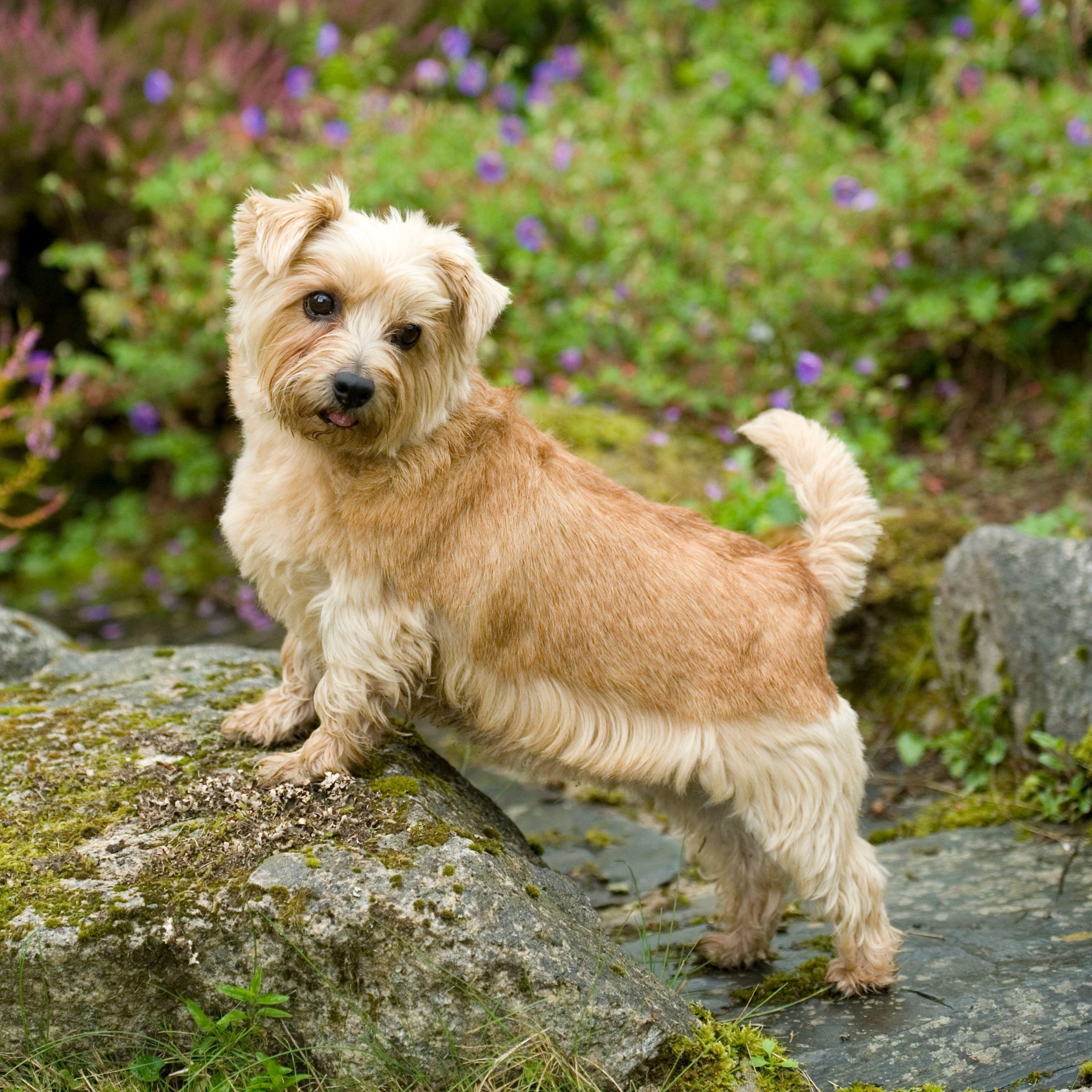
'My Norfolk terriers are a hardy little pack,’ reveals Sarah, Duchess of York, whose dogs welcomed the two corgis belonging to the late Queen to their ranks last year. ‘All five have unique personalities that bond together with such loyalty and love. They are feisty and confident, with incredible sporting instincts, always game for an adventure.’
Noting that the sweet eyes and ever-wagging tail of this plucky terrier can be utterly disarming — ‘don’t let them fool you, no rodent is safe in the garden’ — the Duchess adds that the devotion of Norfolks means her pack is never far from her side.
‘Norfolk terriers have a sense of wanting to make sure you are in harmony,’ she says. ‘They will follow you around and sit on your lap and not move until you feel happy. I call them stubborn little bearers of total joy.’
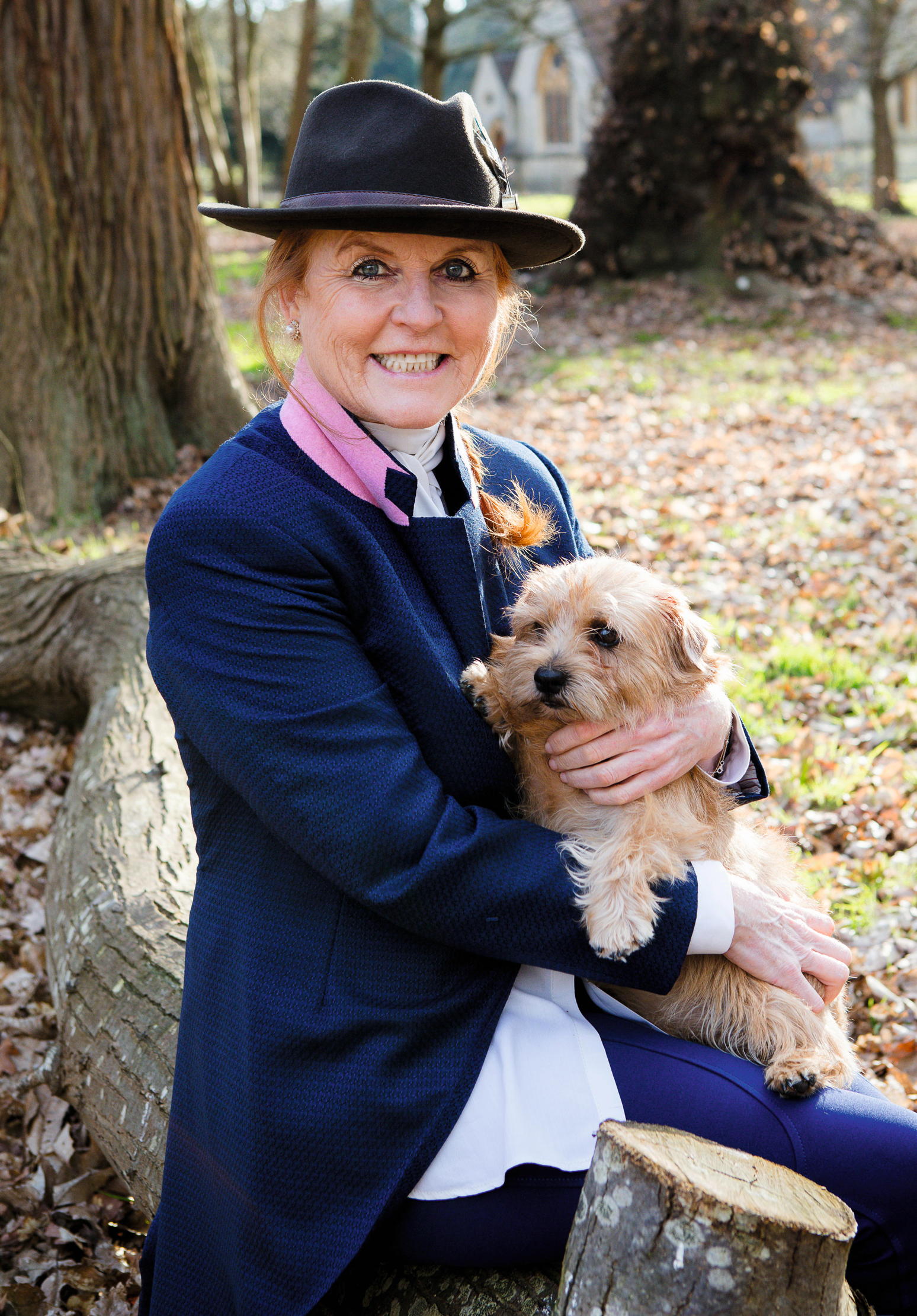
With its cheery disposition, compact stature, attractive wiry coat, and handsome expression — not to mention those famously endearing drop ears — it’s hard to believe that the Norfolk terrier has been added to the Kennel Club’s ‘at watch’ list of native breeds, having seen only 423 registrations last year.
Suitable for both rural and urban life, the small, but mighty Norfolk is a fun and spirited companion, boasting all the most appealing characteristics of a terrier: it’s courageous, energetic, loyal and affectionate.
The history of the Norfolk Terrier
In the 1880s, undergraduates at Cambridge University bought some small terriers from Charles ‘Doggy’ Lawrence, a known dog, game fowl and horse dealer, to deal with the rat infestation in the colleges. The ideal companions for the students, these tough, short-legged dogs were first informally dubbed Cantab terriers.
Upon graduating, E. Jodrell Hopkins remained in the city and bred his own strain from his livery stable on Trumpington Street—the dogs consequently became known as Trumpington terriers. One such terrier, Rags, was given to the master of the Norwich Staghounds, J. E. Cooke, who, in 1901, employed Frank Jones, a renowned horse trainer from Co Wicklow, Ireland. Having arrived with a pair of his red terriers in tow, Jones mated them with Rags. As he continued to cross his stock with other terrier breeds to improve their drive and working ability, Jones built up a pack of excellent stable ratters, which were soon in great demand among the local sporting set.
Exquisite houses, the beauty of Nature, and how to get the most from your life, straight to your inbox.
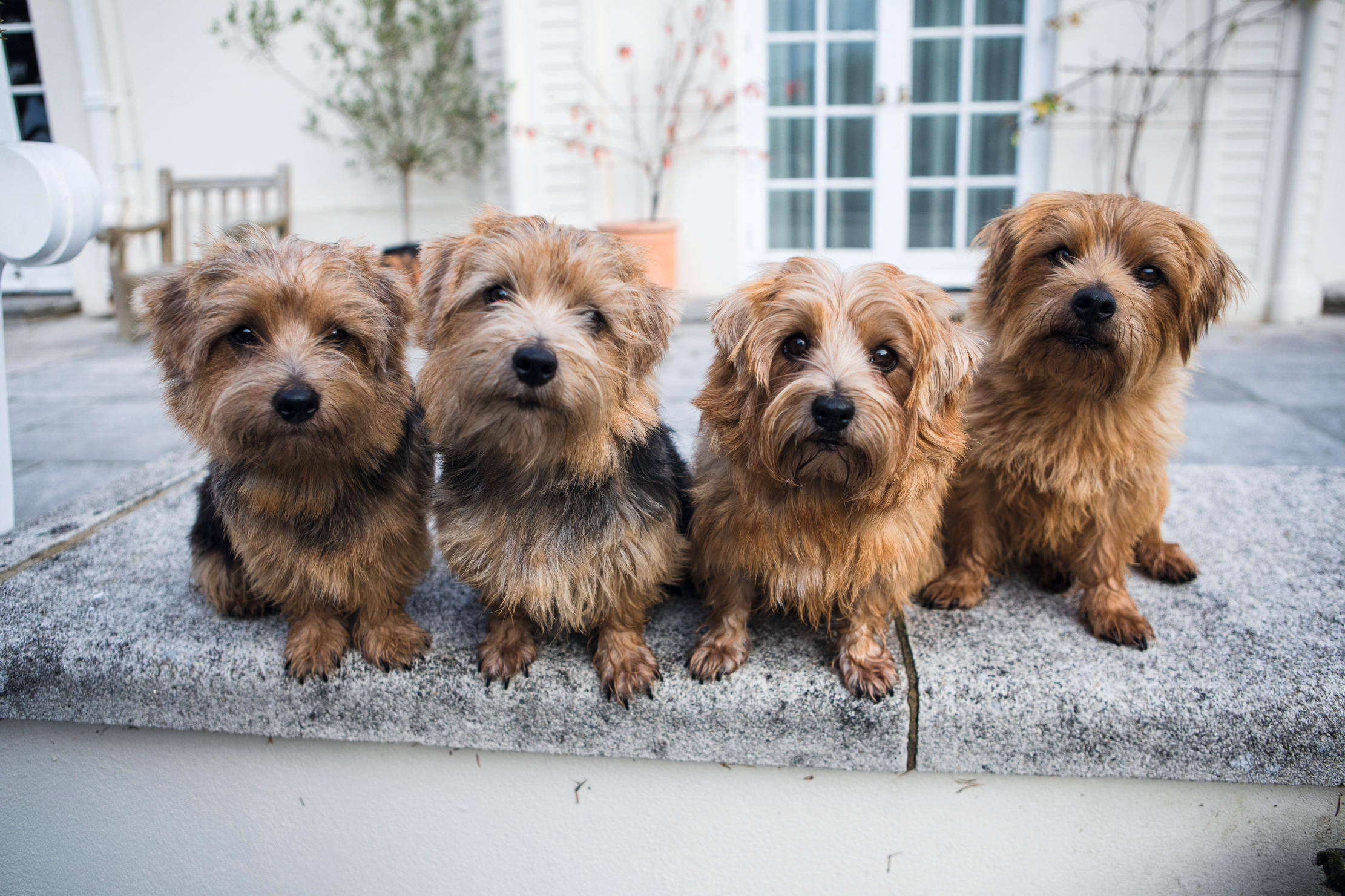
When Jones later went to work for horse breeder J. H. Stokes in Market Harborough, Leicestershire, he was accompanied by his dogs, which he titled Norwich terriers because it was there they’d been bred, although for a time they were known as the Jones terrier in America.The Norwich terrier was officially recognised by the Kennel Club in 1932, but, by the 1940s, a clear divide had emerged between the prick-ear and the drop-ear varieties. After much campaigning from its advocates — notably, Marion Sheila Scott Macfie — the drop-eared Norfolk terrier was recognised as a distinct breed in 1964.
Having won over the Duchess of York, the Norfolk terrier also counts her daughters, Princesses Beatrice and Eugenie among its fans, as well as former Formula 1 driver Sir Jackie Stewart, who first came across the breed after he’d received a ‘wonderful labrador puppy’ from Elizabeth II and was looking for a second smaller dog.
‘I have always felt there has to be at least two dogs in the family and two large dogs would have been too much,’ Sir Jackie explains. ‘The Norfolk recommendation came from [one of] her late Majesty’s gamekeepers, and I am so pleased it did.’
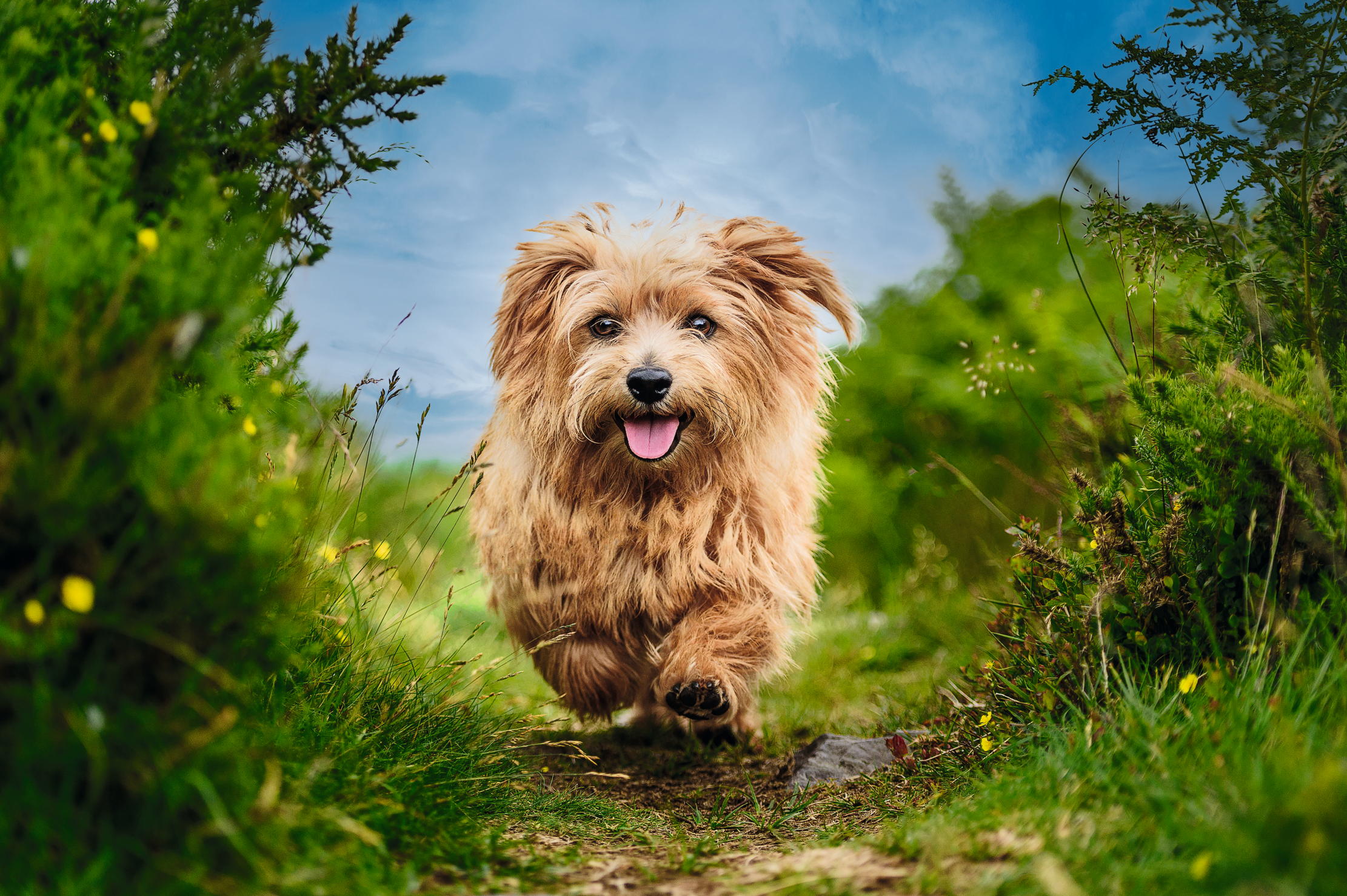
His first Norfolk was Boss, who quickly stole his heart, despite a mischievous streak: ‘We were having a dinner party many years back at our house in England and the table had been set accordingly. The guests weren’t due for an hour or so and it therefore came as a surprise to our staff to hear the little bell ringing from the dining room — they rushed in to see who was trying to get attention and were greeted by the sight of Boss departing the table, pushing the bell on the way down, having devoured a hefty serving of Ferrero Rocher, minus the wrappers.’
Thankfully, this remarkable feat of indulgence didn’t have a negative effect on Boss — ‘but our guests may have noticed a distinct shortage of chocolates that evening’ — and the incident didn’t mar the breed’s charm in the eyes of Sir Jackie.
‘Norfolk terriers are by far the most spirited and excitable little dogs I have ever known — they are wonderful companions and so clever,’ he says. ‘As time moved on, we lost Boss and I changed the dynamics to having two Norfolk terriers who would travel with us. The first pair was Whisky and Pimms and the two that we have now are Jack and Jill. They are completely untrainable and both sleep with me in my double bed, but, that said, I wouldn’t have it any other way.’
After a recommendation from Sir Jackie, the Earl Stafford got his first Norfolk 30 years ago and hasn’t been without one since, often taking his shooting.
‘They are fantastic on the grouse moor. Off they go through the heather, like dolphins — now you see them, now you don’t,’ he enthuses. ‘I have to tie them to the peg, because they do get rather excited, but I don’t have to whistle for them off-lead — they follow me wherever I go. They just want to be with everybody.’
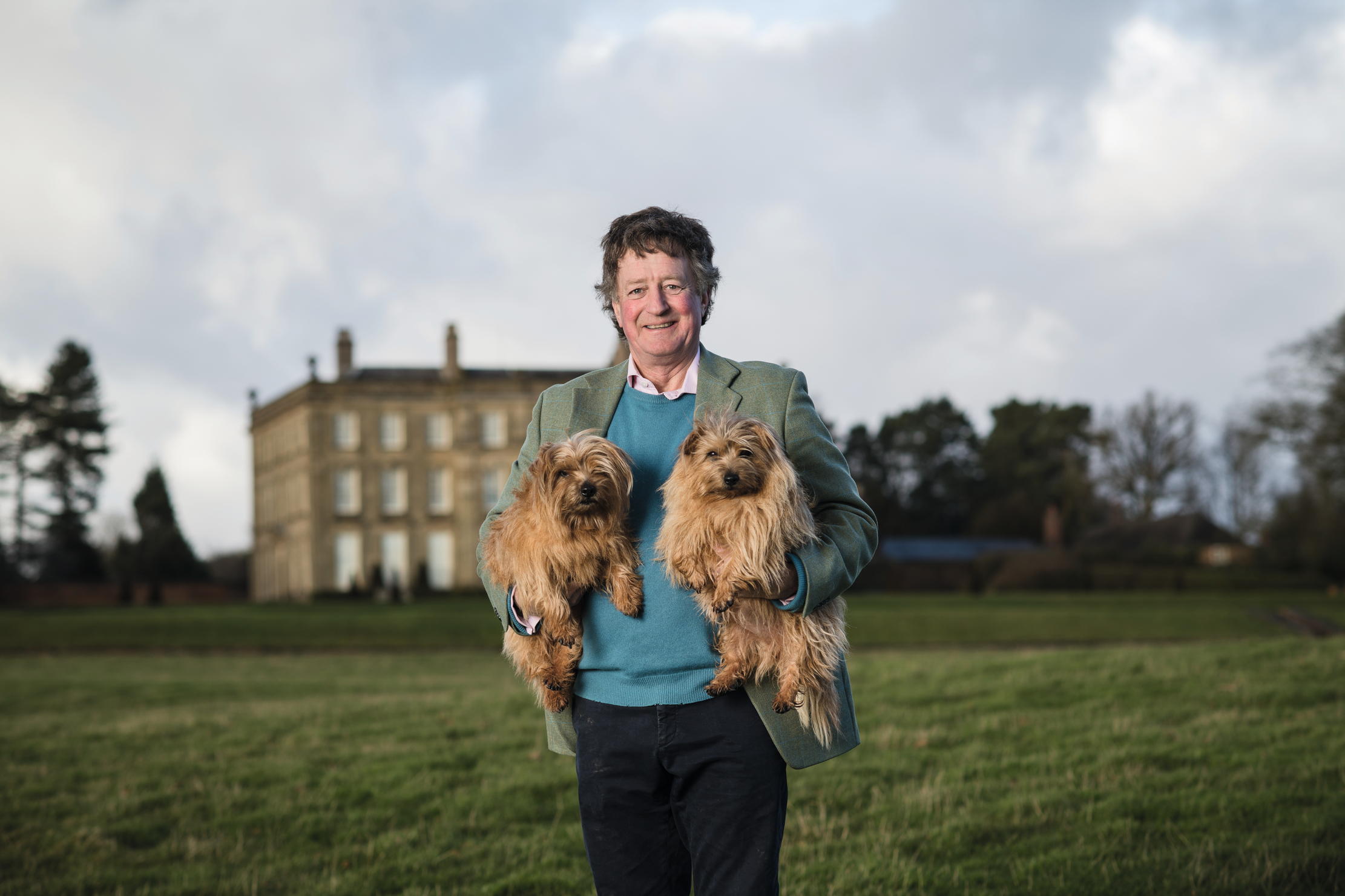
Lord Stafford insists that, although Norfolks may be small, they have more than enough bravery: ‘We were going to the first drive of a shoot and came across some Highland cattle — straight away, there was a stand-off between one of my Norfolks, Tubby, and this huge Highland cow with great big horns. The cow turned a tiny bit and that was that — Tubby made her move. The whole herd went racing away down the fields followed by my little terrier. I had to claw her back and she was very pleased with herself. If she came up against an elephant, she’d think she could take it on. Norfolks are fantastic characters — they make me laugh all the time.’
Rosita Hamar, who lives with three Norfolks and a Jack Russell on her Shropshire farm, agrees that Norfolks have a knack for cheering your day. ‘They’re super company with enormous personalities,’ she says. ‘Some time ago, I managed to qualify for Crufts with Grouse, my first Norfolk. I didn’t really know what to do, but I went into the ring and stood there, taking it all in. After a while, I noticed the audience was laughing. I turned round and there was Grouse, lying on his back with his legs in the air. They’re comedians — you’re never lonely with a Norfolk.’
They also, Ms Hamar stresses, like to keep you on your toes: ‘One of mine, Rhubarb — named after the rhubarb and ginger gin I was drinking at the time I got him — has a penchant for jumping into vans in the hope of finding sandwiches. Someone called at the farm gate for eggs recently and Rhubarb jumped right into their front seat. He’s so naughty, but he knows everyone will forgive him.’
Acknowledging that given the chance they’ll chase — ‘my niece’s Norfolk got stuck up a tree for a whole night after chasing a grey squirrel’ — Ms Hamar advises owners to keep a specific type of biscuits handy just in case: ‘Norfolks love a Rich Tea biscuit. If ever you need to call them back, a packet of those will do the trick.’
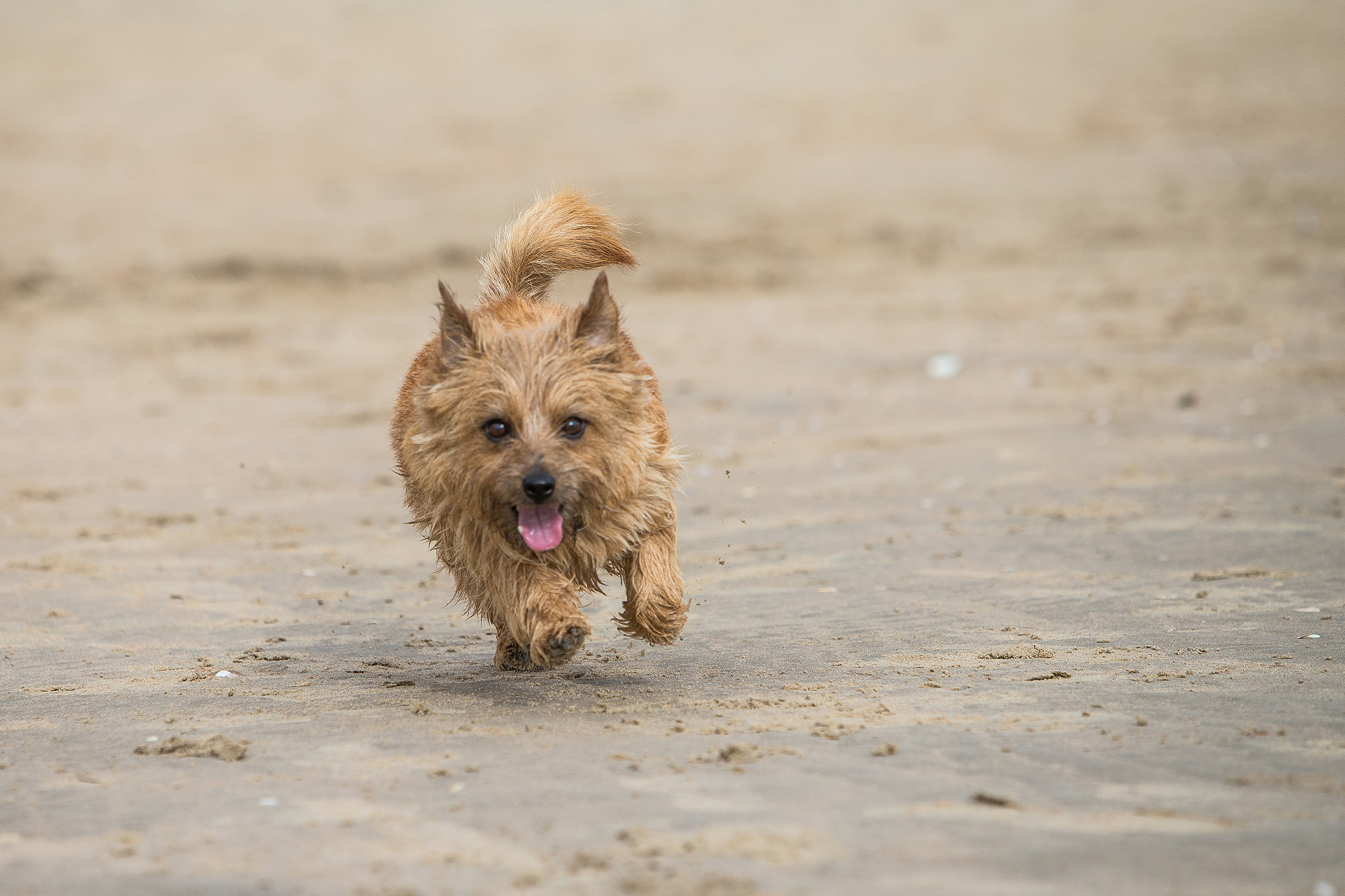
For Ruth Gee, the Norfolk was love at first sight: ‘I was with a client whose horse I had, having a cup of tea, and this little brown hairy dog was sitting there, looking up at me. I asked what breed it was and was told it was a Norfolk — the following week I bought one. That was in 1991 and I’ve had them ever since. It’s the way they look at you — the expression with the dark eyes melts you.’
It is a very adaptable breed, too, as Mrs Gee notes: ‘They’re small, so you can pick them up or carry them, but they’ll also walk for miles. They’re amenable — they can be stubborn, but they’re such bright little dogs. I find they love to please.’
Norfolk terriers are happiest at your side, emphasises Diane Jenkins, secretary of The Norfolk Terrier Club of Great Britain and owner of 12 Norfolks: ‘They are great with people and want to be with you all the time. They make fantastic family pets — of course, they are still a terrier, so need training, and if they’re chasing a squirrel, they tend to turn down the volume so can’t hear you calling after them.’
It is the tremendous personality of these jaunty little terriers that will win you over in the end, Ms Jenkins concludes: ‘Norfolk terriers have got the most wonderful expressions, strutting about as if to say, “Look at me, I’m special.” It’s their swagger — you see one and you can’t help but smile.'
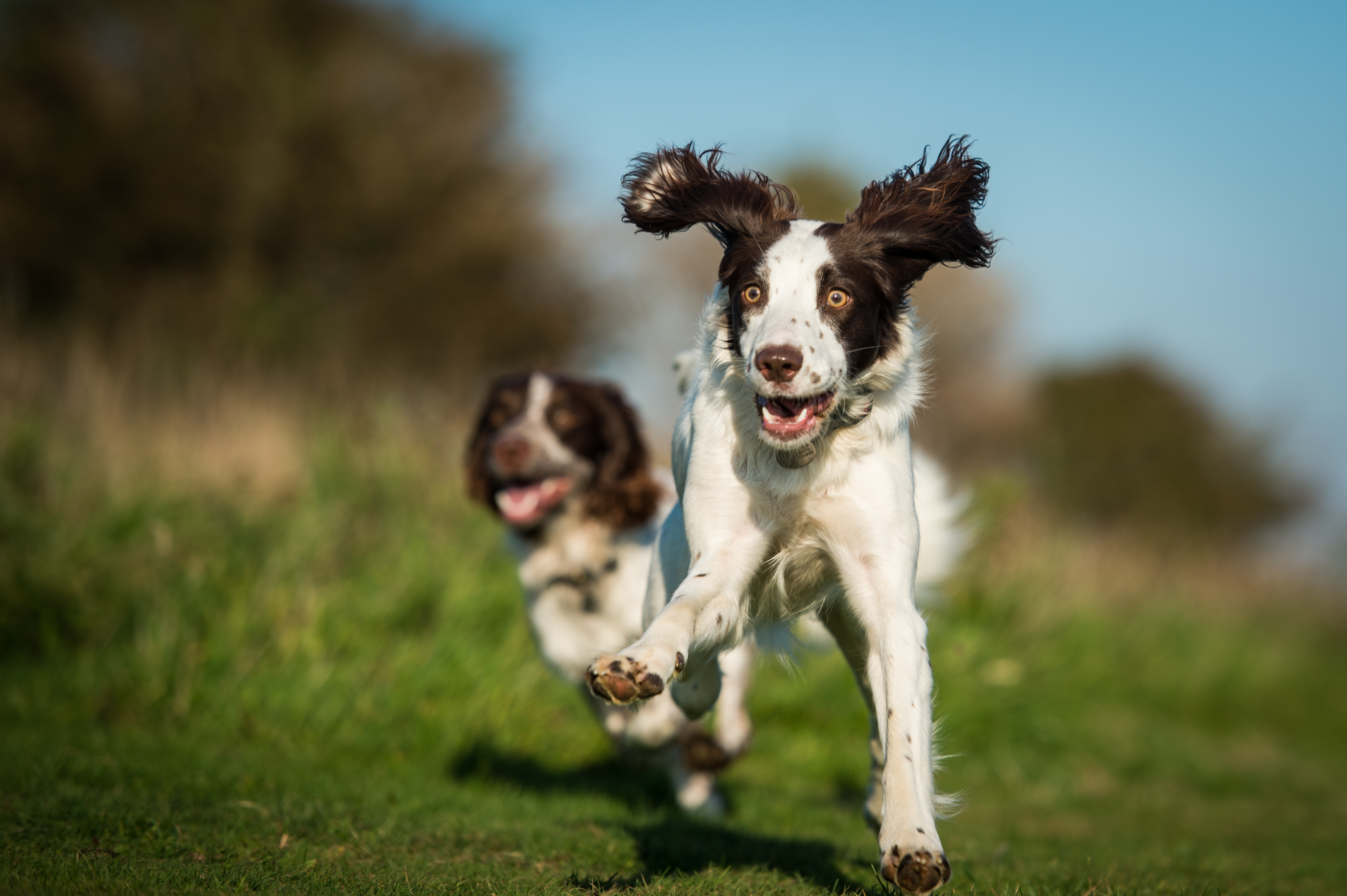
Credit: Brighton Dog Photography / Getty
What to do if your dogs wind each other up and cause trouble, by expert trainer Ben Randall
Having a pair of dogs can be great fun — but it can also cause problems if they prompt bad behaviour

Jack Russells: Feisty, funny, and the first dog in history to inspire a queen's coronation gown
Small, but mighty, the feisty Jack Russell is as popular as ever, not least as it’s The Queen Consort’s breed
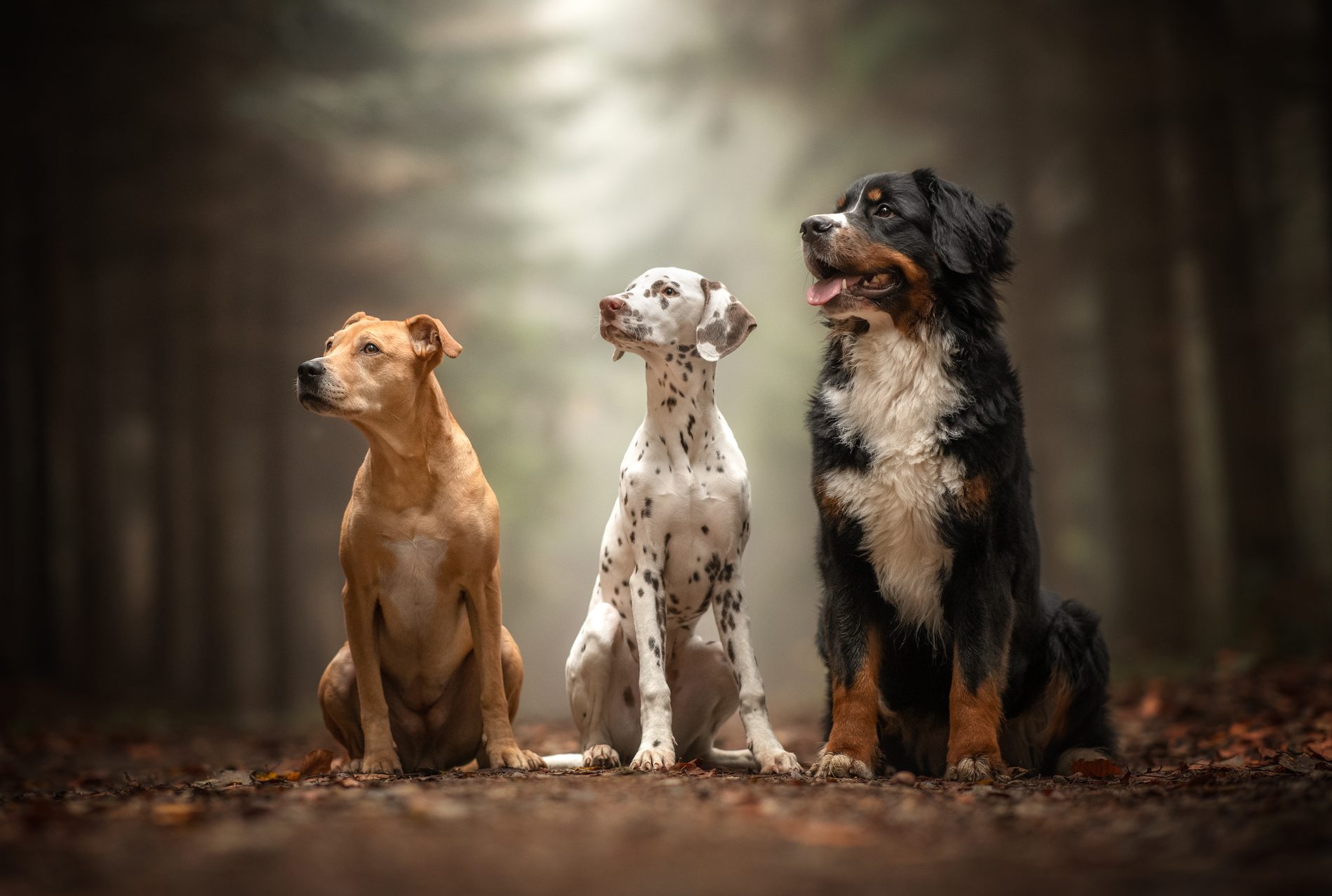
Credit: Getty Images
What's the best name to give your dog?
It may be time to park Rover and consider something more imaginative, says Jonathan Young.
Katy Birchall is a journalist and the author of several young adult and teen novels, including The It Girl series and the Hotel Royale series. She has written a retelling of Jane Austen’s Emma for the Awesomely Austen series and the Netflix spin-off novel Sex Education: The Road Trip. She is also the author of several romantic comedies for adults including The Secret Bridesmaid and The Wedding Season. She writes romantic fiction for young adults under the name Ivy Bailey, romantic-comedy under the name Katrina Logan, and romantic sports fiction for adults under Katherine Reilly. She lives in London with her husband, daughter and rescue dog.
